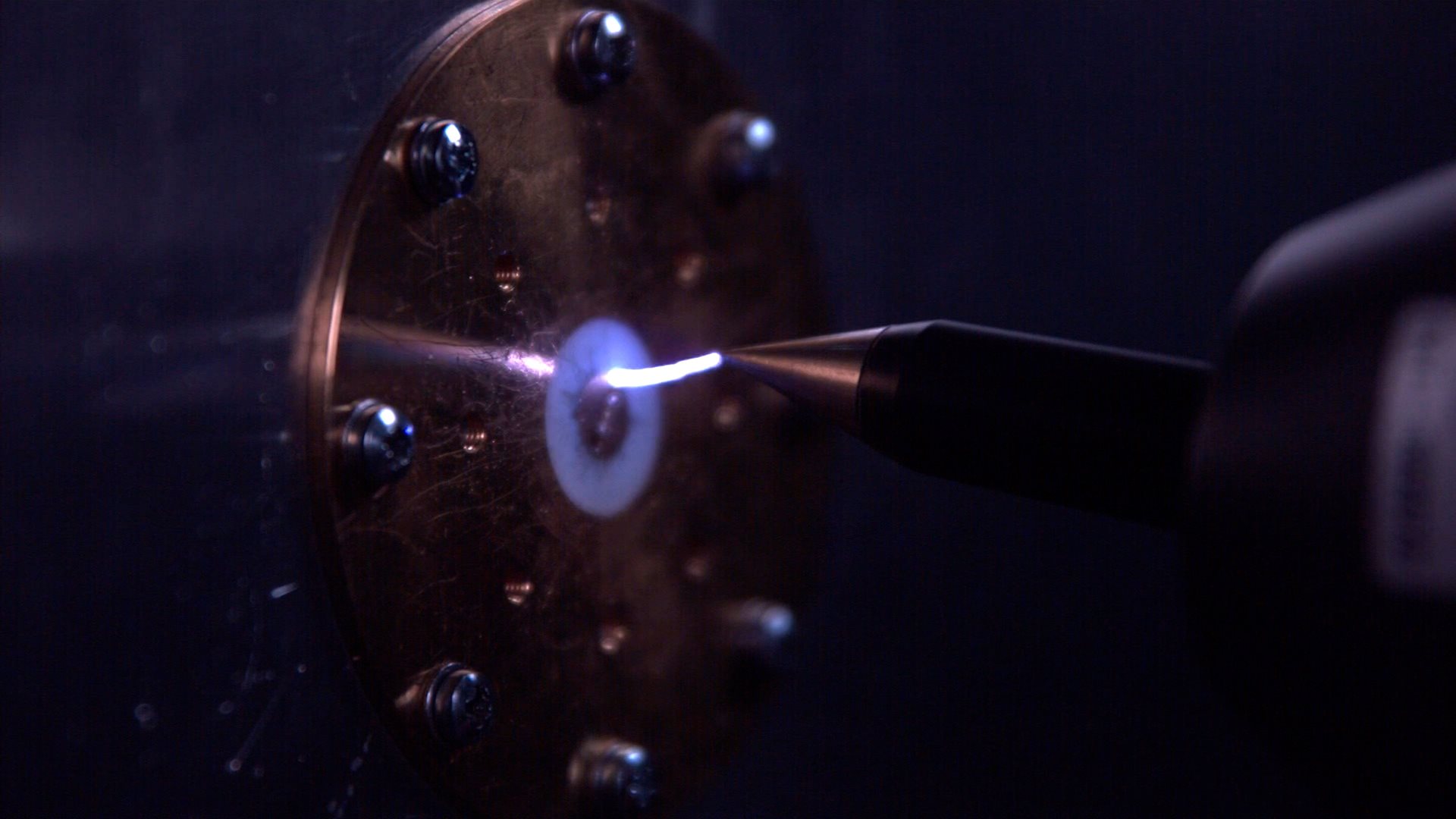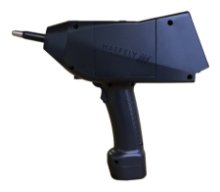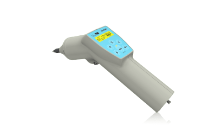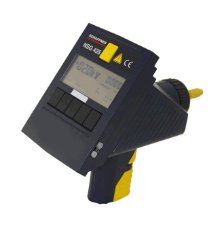Electrostatic Discharge (ESD) Testing

What is ESD Testing?
Electrostatic discharge testing is the process of testing a device’s resistance to electrostatic discharge, or ESD. This test uses an ESD gun, also called an ESD simulator, to introduce the discharge to the device under test.
Electrostatic discharge testing is the process of testing a device’s resistance to electrostatic discharge, or ESD. ESD occurs when two electrically charged objects contact each other, are involved in an electrical short, or suffer a dielectric breakdown. This results in a sudden flow of electricity.
Think of the last time you got shocked when touching a metal object. This is because the human body has a charge of its own, which can react to other charges and create a burst of static. Static electricity can cause damage to electronic devices, so simulating it is necessary to test resistance. We explain more about what ESD testing is and the various procedures below.
ESD can cause equipment to fail and networks to go down, and can potentially trigger explosions in gas, coal dust, or fuel vapor. Therefore, it is essential that test engineers perform ESD testing to guarantee immunity to these discharges, whether they originate from the human body, machines, or charged devices.
ESD immunity testing simulates discharges on devices with high frequency ESD pulses generated by ESD guns, either through direct contact with the device under test (DUT) or air-gap discharge as described by IEC 61000-4-2. ESD test methods account for the most common real-life instances of ESD and are divided into several models.
Watch the following video for an overview of ESD test models, or read below for a written explanation.
Conforming to standards is key to ensuring your device is immune to electromagnetic interference (EMI) and ready for the market. The most recognized identification of conformity with health, safety, and environmental protection standards is the CE marking for products sold within the European Economic Area. The following standards are used to earn the CE marking.
Common ESD Test Standards
Think of the last time you got shocked when touching a metal object. This is because the human body has a charge of its own, which can react to other charges and create a burst of static. Static electricity can cause damage to electronic devices, so simulating it is necessary to test resistance. We explain more about what ESD testing is and the various procedures below.
What is an ESD Test?
An ESD test is fairly straightforward and involves using an ESD gun, also called an ESD simulator, to introduce the discharge to the device under test. An ESD gun is generally programmable, allows users to test with a discharge voltage of up to 16 kV or 30 kV, and capable of fulfilling EMC standards such as IEC 61000-4-2. Different standards can be achieved by using different RC networks with different rise times and pulse widths.ESD can cause equipment to fail and networks to go down, and can potentially trigger explosions in gas, coal dust, or fuel vapor. Therefore, it is essential that test engineers perform ESD testing to guarantee immunity to these discharges, whether they originate from the human body, machines, or charged devices.
ESD Test Procedures
ESD immunity testing simulates discharges on devices with high frequency ESD pulses generated by ESD guns, either through direct contact with the device under test (DUT) or air-gap discharge as described by IEC 61000-4-2. ESD test methods account for the most common real-life instances of ESD and are divided into several models.Watch the following video for an overview of ESD test models, or read below for a written explanation.
Human Body Model (HBM)
The Human Body Model is the most common ESD test and applies to electronic components designed for personal use. An HBM test simulates cases in which a charge accumulates on the human body and results in electrostatic discharge. These residual charges can build from mundane activities like dragging one’s feet on the floor.Machine Model (MM)
The Machine Model is performed on electronic components developed for manufactured devices. MM ESD tests consist of mimicking a charge which, when accumulated on metal equipment or tools, causes ESD. A machine in industrial-automation manufacturing, for example, may carry an electrical charge, and upon contact with a component, trigger electrostatic discharge.Charged Device Model (CDM)
The Charged Device Model is also for the electronic components of manufactured devices. The CDM replicates cases in which a charge accumulates on the DUT, causing ESD; this often occurs in environments with machines that are always on.ESD Test Standards
ESD tests are a part of EMC testing—the measurement of a device or system’s electromagnetic compatibility. Specifically, ESD falls under conducted immunity, also called conducted susceptibility. Devices undergoing an ESD test must comply with internationally recognized standards like MIL-STD-461G CS and IEC 61000-4.Conforming to standards is key to ensuring your device is immune to electromagnetic interference (EMI) and ready for the market. The most recognized identification of conformity with health, safety, and environmental protection standards is the CE marking for products sold within the European Economic Area. The following standards are used to earn the CE marking.
Common ESD Test Standards
- IEC 61000-4-2 | Electrostatic Discharge Immunity Test
- IEC 61340-3-1 | Methods for Replicating ESD – Human Body Model (HBM)
- IEC 61340-3-2 | Methods for Replicating ESD – Machine Model (MM)
- MIL-STD-461G CS118 | Personnel-Borne ESD
- RTCA/DO-160 Section 25 | Aerospace/Defense Industry ESD Testing
- ISO 10605 | ESD Tests for Road Vehicles
- CISPR 24 | Immunity Testing of ITE
- ISO 7637 | Road Vehicles – Conducting & Coupling


